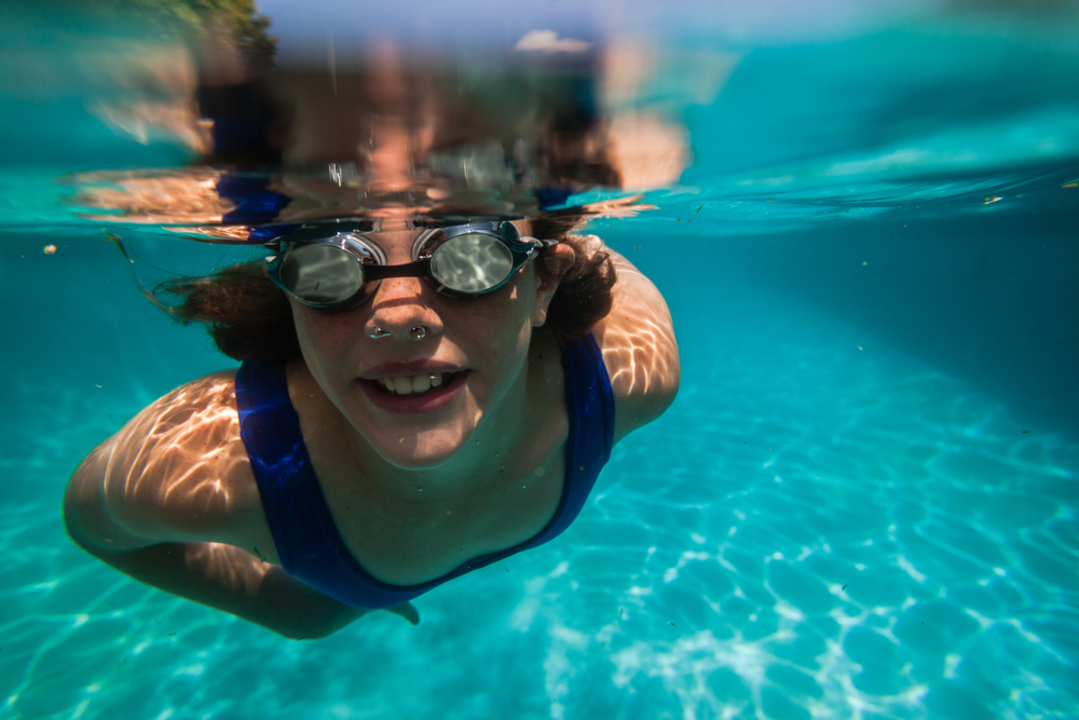Safety Tips for Swimming and Soccer in Sutton
Whether you’re splashing in a local pool or chasing a ball on the pitch, safety should be the first thing on your mind. A few simple habits can keep you injury‑free and let you focus on the fun of the game.
Water Safety Basics
Start every swim session with a quick check of the pool area. Look for clear water, functional ladders, and a visible lifeguard. If you’re new to a pool, ask staff about the depth markers and any hidden steps.
Never swim alone. Having a buddy means someone can call for help if you start to feel unwell or get caught in a current. Even a short swim benefits from a quick chat about each other’s comfort levels and any medical conditions.
Goggles might seem like a small thing, but worn‑out lenses can let chlorine irritate your eyes. Replace them when you notice fogging, leaks, or a loss of clarity. A snug fit also prevents water from seeping in and ruining your focus.
If you’re teaching kids to swim, keep the session short and upbeat. Short bursts of practice keep attention high and reduce fatigue, which is a common cause of accidents.
Soccer Safety on the Pitch
Good shoes make a huge difference. Choose cleats that fit well and match the surface—soft‑ground studs for muddy fields, firm‑ground for dry grass. The right traction stops slips and ankle twists.
Warm‑up properly. A five‑minute jog followed by dynamic stretches—leg swings, lunges, arm circles—gets blood flowing and prepares muscles for the sudden bursts of sprinting and turning.
Protect your shins and knees with proper gear. Shin guards should cover the entire shin without moving around. If you have a history of knee issues, consider a supportive brace or tape.
Stay hydrated. Dehydration can cause cramps and dizziness, which increase the risk of falls. Carry a water bottle and take small sips during breaks, especially in hot weather.
Know the emergency numbers. In Sutton, the NHS ambulance service can be reached by dialing 111 for non‑urgent medical advice, but 999 is reserved for life‑threatening emergencies. Keep this in mind if anyone gets a serious injury on the field.
Most importantly, listen to your body. If you feel a sharp pain, sit down, assess the situation, and get help if needed. Early treatment prevents minor injuries from turning into long‑term problems.
By following these simple steps, you’ll enjoy swimming and soccer with confidence, knowing you’ve covered the basics of safety. Stay alert, use the right equipment, and keep the fun flowing.
How to swim in the sea without goggles?
- Kieran Lockhart
- on Apr 4 2023
- 0 Comments
Swimming in the sea without goggles can be a thrilling experience! It can also be dangerous as it can be difficult to see underwater. To stay safe, it's best to swim in areas where the water is shallow and there are no rocks or debris. To make sure you don't lose your bearings, keep the shoreline in sight and use the sun or moonlight as a reference point. Before you dive in, take a few moments to familiarize yourself with the surroundings, so that you can swim confidently and safely. With a little practice and some common-sense safety, you can have a great time enjoying the sea without goggles.
